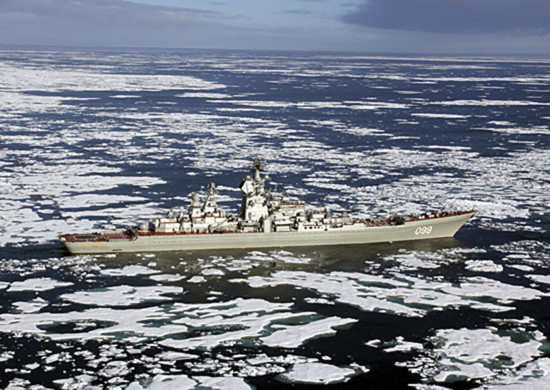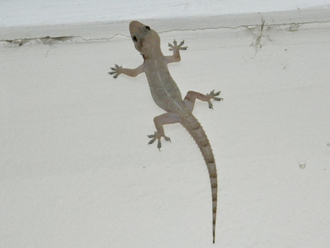
The world is not short of hotspots: Syria; North Korea; Libya; Ukraine ... But one of the hottest is also one of the coldest — the Arctic, which is rapidly becoming the front line in a new Russian game of expansion. On Franz Josef Land, an ice-covered, desolate archipelago well into the Arctic circle, Russia has just opened a new military base.
If Nato is to respond, which it must, then Britain, positioned at the gateway to the Arctic Ocean, will be at the heart of the showdown. This little-known geopolitical battle began almost 20 years ago, when Vladimir Putin came to power. The following year, 2001, Russia submitted an application to the United Nations asserting that a vast unclaimed area of the Arctic Ocean, including the North Pole, should be subject to Moscow’s oversight. Initially rejected, the bid was resubmitted two years ago. If successful, it would see Russia’s boundaries enlarged by 463,000 square miles (745,126 square km). The Russian flag was even planted on the central Arctic seabed 10 years ago, with the Kremlin aiming to exploit the area’s unique ambiguity of governance. For, in contrast to the Antarctic, which is largely land beneath the ice, the Arctic is mostly just frozen seawater and thus subject to maritime jurisdictions, which are often less than clear.
Russian efforts in the frozen north are only partly territorial, however. Crucial resources are also at stake. A study released by the United States Geological Survey in 2008 estimated that 13 per cent of the world’s remaining oil and 30 per cent of its natural gas reserves are in the Arctic. Russia wants to harvest these; its official Arctic policy, adopted in 2008, makes clear that Moscow’s ambition is to turn the Arctic into the country’s “strategic resource base”. To this end, it has spent the past decade militarising the region — far outstripping western efforts. In 2007, it resumed the Cold War-era practice of long-range air patrols over the Arctic.
A year later, the formidable Northern Fleet resumed surface patrols of its waters. Meanwhile, Russian submarine activity in the North Atlantic is reportedly reaching levels not seen since the Cold War. As part of an intense programme of military modernisation, Russia has established an Arctic Joint Strategic Command to coordinate all of these activities, made considerable investments in a number of new Arctic brigades, and reopened Soviet-era military bases as well as building new facilities. The polar region is now a major site for its war games. As a result, the West is vulnerable. The US has only one icebreaker capable of operating in Arctic waters, and this vessel is 10 years past retirement.
Russia, however, has 40, and is developing an additional 11 as part of its efforts to control the Northern Sea Route for shipping. In response to Moscow’s actions, Nato is believed to be considering the revival of the Atlantic Command, dissolved after the Cold War. But what else can be done? During the Cold War, the so-called Greenland-Iceland-United Kingdom Gap, the principal choke point between Russia’s Northern Fleet in the Arctic and its strategic interests in the North Atlantic, was probably the most minutely observed stretch of ocean on the planet — with the British Royal Navy playing a principal role. Nato has long ignored the Arctic. This must change. It needs to ensure that there is a common understanding of the region’s security challenges as well as a comprehensive policy to address them. Artur Chilingarov, Russia’s special envoy to the Arctic, said last Wednesday that he expects the UN to approve the extension of Russia’s Arctic boundaries. Suppose the opposite were to happen, however, and Russia were to use force to secure its interests, just as in Ukraine and Syria. How would Nato react?
— The Telegraph Group Limited, London, 2017
Dr Andrew Foxall is director of the Russia Studies Centre at The Henry Jackson Society.










